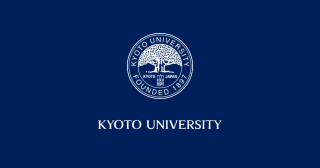On Wednesday 30 March, Kyoto University's Tokyo Office hosted the fourth and final talk in its 21st public lecture series, "Mega Earthquakes: What Will Happen and How We Prepare", as part of its Tokyo de Manabu Kyoto no Chi ("Ingesting Kyoto University's Knowledge -- in Tokyo ") program.
The lecture, delivered by Professor Norio Maki of Kyoto University Disaster Prevention Research Institute (DPRI), was entitled "What Earthquakes Entail and How to Prepare for Them: Learning from Past Recovery Efforts".
Professor Maki began by acknowledging that it is nearly impossible to completely avoid disaster damage. He then compared the 1995 Great Hanshin-Awaji Earthquake and the 2011 Great East Japan Earthquake in terms of scale and the number of households affected. He explained that the extent of damage depends on the size of the local population, and that this consideration is especially important when preparing for the earthquake that is anticipated to occur directly beneath the Tokyo Metropolitan Area. Next, he suggested that in order to minimize damage, we should focus not only on prevention but also resilience -- that is, on building capacity for recovery. Professor Maki then pointed out that post-disaster recovery in Japan typically continues for 10 or more years, and discussed past recovery efforts in relation to local population trends. Finally, he underscored the importance of planning response and recovery efforts based on the recognition that disasters do, and will, happen.

Lecture venue

Professor Maki





